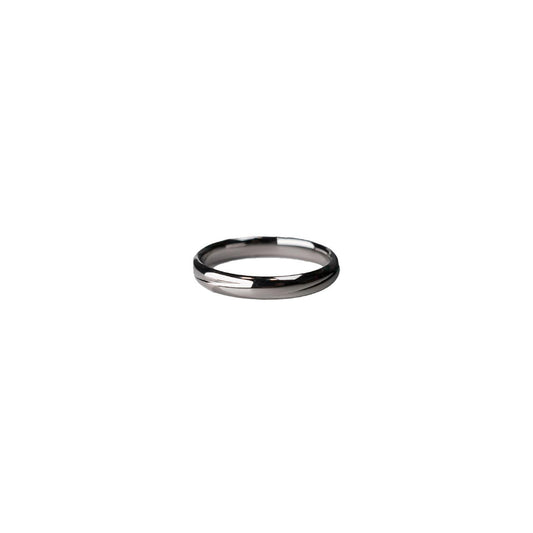The Intricate World of Engagement and Wedding Rings More Than Just Metal
The Intricate World of Engagement and Wedding Rings More Than Just Metal
When I first went shopping for an engagement ring, I was clueless, overwhelmed, and slightly terrified. Standing in the middle of a jewelry store, under the bright glare of florescent lights that seemed to highlight my confusion, I realized that these tiny bands of metal were far more than mere ornaments. Engagement and wedding rings, in the Western world, symbolically represent a commitment, a tradition, and sometimes, a tiny piece of history wrapped around your finger.
Engagement rings, often featuring a sparkling gemstone, traditionally mark the promise of marriage. The concept isn't new. In fact, it traces back to ancient Rome, where a simple iron ring was given to signify a partner's intention to marry. Nowadays, platinum, gold, and even alternative materials like titanium or wood make the cut. The materials themselves tell a story of times—where once only the wealthy could afford a gold band, now couples are opting for eco-friendly options that speak to shared values.
While diamonds have practically become synonymous with engagement rings, that wasn't always the case. This trend gained momentum in the late 1940s, with a rather successful advertising campaign that suggested "a diamond is forever." Yet, in more recent years, there has been a resurgence in colored gemstones, from sapphires to emeralds, allowing for more personal expression in the design. It's a delightful twist that matches the evolving values of modern couples who seek individuality and meaning over conformity.
My grandmother once recounted her own engagement during a winter's day in 1950s New York. My grandfather, a man who was as pragmatic as he was romantic, proposed with a modest gold band, sans gemstone. That ring was later paired with a simple, yet elegantly designed wedding ring, creating a set that carried forward their story for decades. Her eyes would always light up at the memory, and I remember thinking how those rings seemed more valuable because of what they represented—love, perseverance, and shared life paths.
Wedding rings, typically exchanged during the ceremony, symbolize the eternal bond between partners. Circular, with no beginning or end, these rings are a powerful metaphor for eternity. A little-known tidbit: the tradition of wearing it on the fourth finger of the left hand stems from the ancient belief that this finger had a vein running directly to the heart, aptly named the ‘vena amoris’ or ‘vein of love.’ Whether or not you subscribe to this belief, the sentiment remains beautifully poetic.
There's a gentle irony in how something so tangible can signify abstract concepts of love and fidelity. It's not unusual for couples to carve their own niche in this tradition. Some opt to inscribe a favorite quote or a meaningful date on the inside of the band, adding another layer of personal significance.
While rings are steeped in historical and cultural significance, what they truly reflect is personal. They are a quiet celebration of individual love stories, preferences, and lifestyles. As I left the jeweler that day, a little less bewildered and with a newfound appreciation for these small circles of meaning, I felt a sense of connection—not just to my partner-to-be, but to a longstanding tradition that’s as personal as it is universal.


























